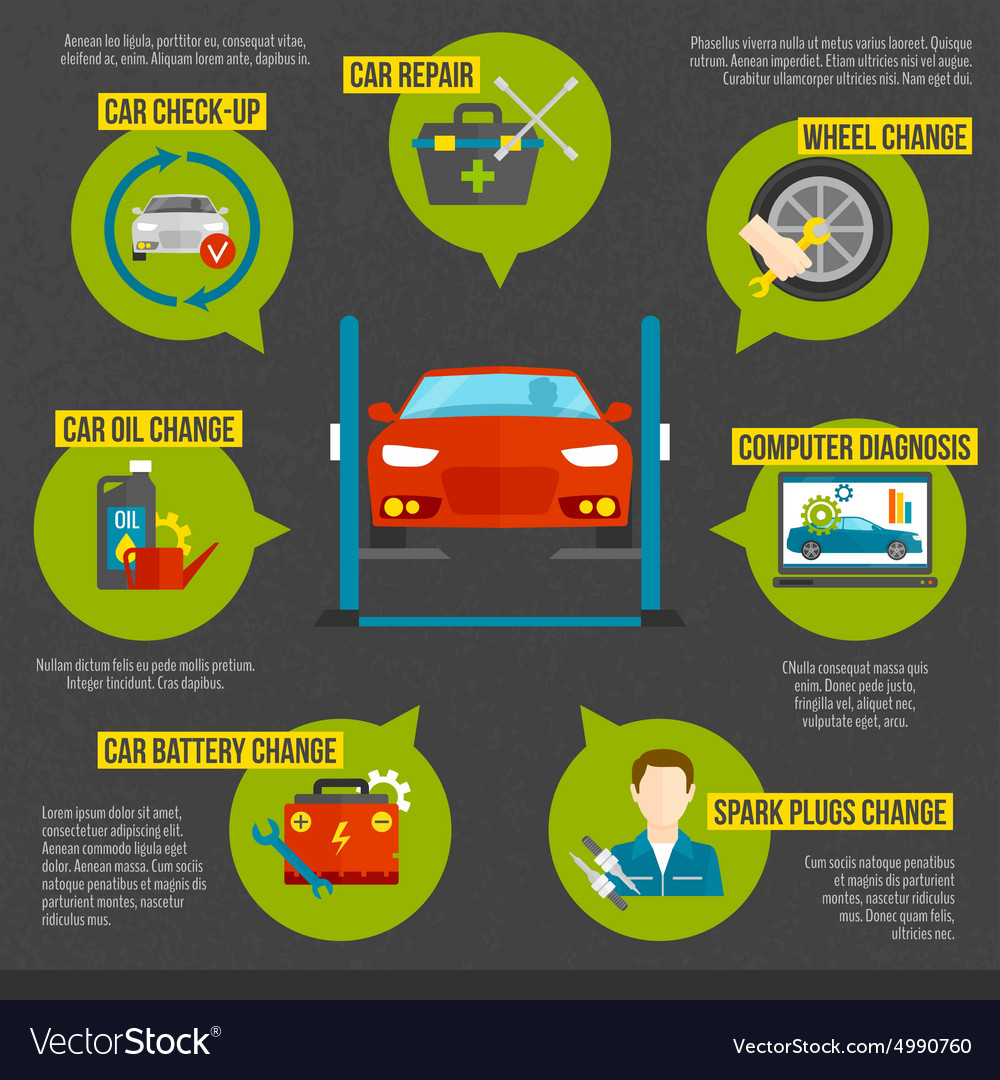Interpreting Your Automobile'S Alert Lights: Their Real Effects
Interpreting Your Automobile'S Alert Lights: Their Real Effects
Blog Article
Authored By- Suggested Reading
When you're behind the wheel, those beautiful caution lights on your dashboard can be a bit complicated. Do you recognize what they're attempting to tell you regarding your auto's health and wellness? Recognizing the value of these lights is crucial for your safety and the durability of your automobile. So, the following time among those lights turns up, wouldn't you want to decode its message accurately and take the needed steps to address it?
Common Warning Lighting and Interpretations
Recognize common warning lights in your automobile and understand their definitions to ensure secure driving.
The most normal caution lights consist of the check engine light, which signals issues with the engine or discharges system. If this light begins, it's crucial to have your car inspected quickly.
The oil stress warning light shows reduced oil stress, needing prompt interest to prevent engine damages.
A blinking battery light may recommend a damaged billing system, potentially leaving you stranded otherwise dealt with.
The tire pressure surveillance system (TPMS) light alerts you to reduced tire pressure, affecting vehicle security and gas performance. Disregarding this might cause dangerous driving problems.
The abdominal light shows an issue with the anti-lock stopping system, jeopardizing your capacity to stop quickly in emergencies.
Last but not least, the coolant temperature level cautioning light warns of engine getting too hot, which can cause serious damages otherwise solved quickly.
Comprehending these typical caution lights will certainly aid you resolve issues without delay and maintain risk-free driving conditions.
Significance of Prompt Interest
Comprehending the common warning lights in your automobile is just the initial step; the significance of without delay dealing with these warnings can not be stressed enough to guarantee your safety and security when traveling.
When a caution light brightens on your control panel, it's your vehicle's method of connecting a prospective problem that requires interest. Overlooking these cautions can bring about much more severe troubles down the road, jeopardizing your security and possibly costing you a lot more in repairs.
Motivate interest to alerting lights can avoid failures and mishaps. For example, a blinking check engine light could indicate a misfire that, if left ignored, can trigger damages to the catalytic converter. Addressing this quickly can save you from an expensive repair service.
Similarly, a brake system warning light might signal low brake fluid or worn brake pads, important parts for your safety when driving.
DIY Troubleshooting Tips
If you observe a warning light on your dashboard, there are a few DIY troubleshooting ideas you can try before seeking expert assistance.
https://car-brakes62851.blogitright.com/31320592/intrigued-concerning-finding-the-most-effective-automobile-repair-shop-near-you-uncover-the-top-10-tips-that-will-certainly-assist-you-make-an-educated-decision is to consult your cars and truck's handbook to comprehend what the particular caution light suggests. Occasionally interiorcarcleaning can be as easy as a loosened gas cap triggering the check engine light. Tightening up the gas cap might solve the problem.
One more common problem is a reduced battery, which can activate numerous advising lights. Inspecting the battery links for corrosion and guaranteeing they're secure may fix the trouble.
If a warning light lingers, you can try resetting it by detaching the car's battery for a few minutes and after that reconnecting it. Furthermore, inspecting your car's fluid levels, such as oil, coolant, and brake liquid, can assist troubleshoot warning lights connected to these systems.
Verdict
To conclude, understanding your cars and truck's warning lights is necessary for maintaining your lorry running smoothly and safely. By quickly addressing these signals and understanding what they indicate, you can avoid costly repair services and potential malfunctions.
Bear in mind to consult your vehicle's manual for specific details on each alerting light and take action as necessary to ensure a hassle-free driving experience.
Remain notified, remain risk-free when driving!
